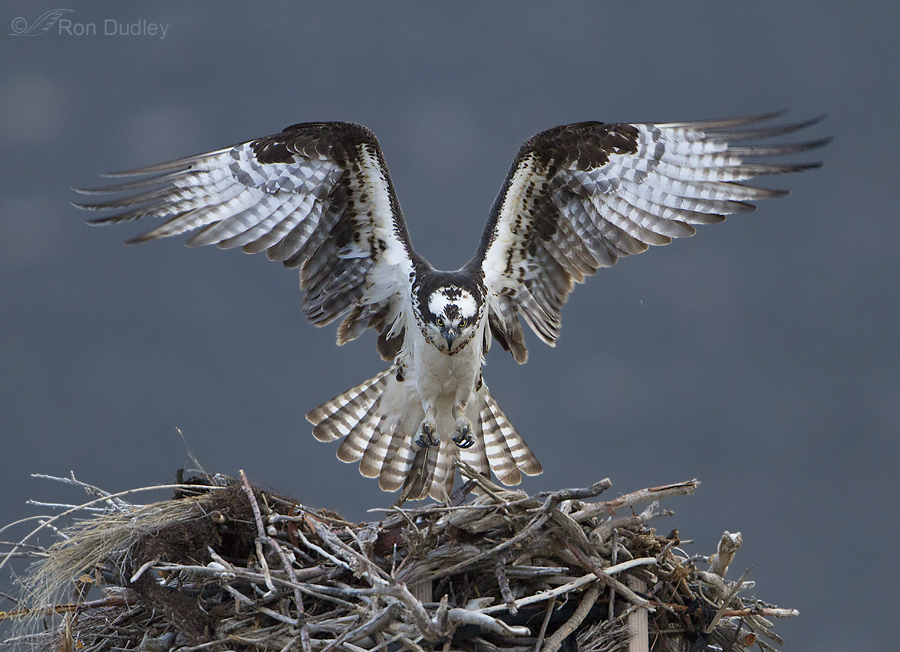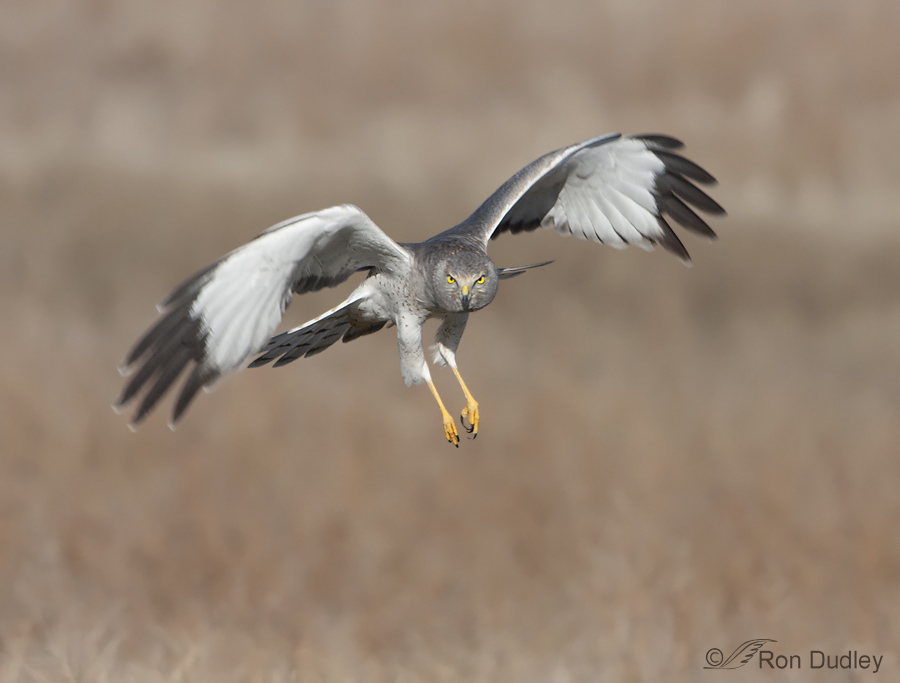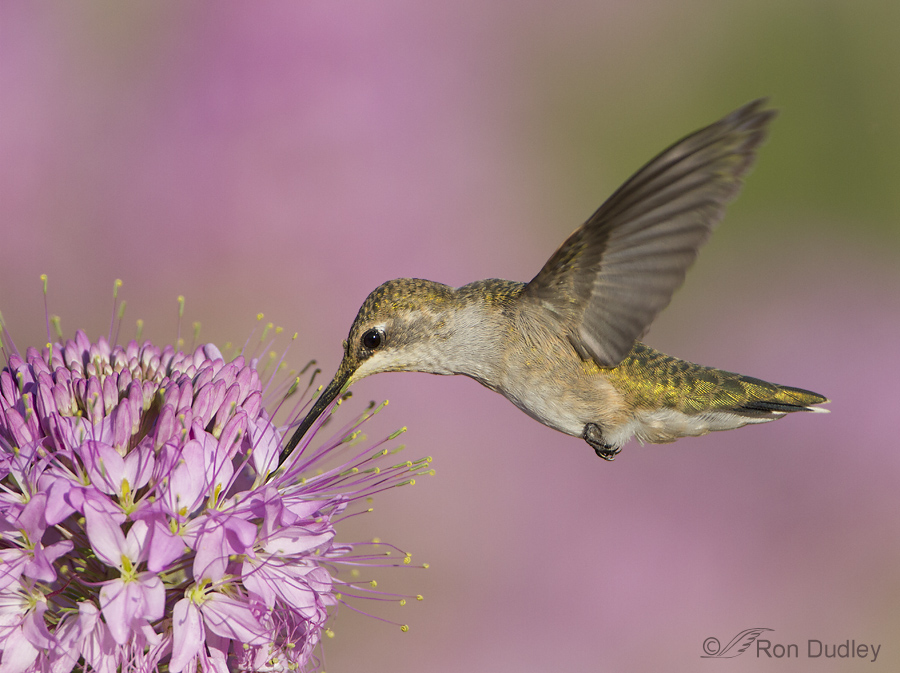Tag: motion blur
Hummingbird Respite
Flaming Gorge Osprey – An Experiment That Worked

We returned home Thursday after spending three wonderful days camping at Flaming Gorge in NE Utah. This is very close to the view we had on most mornings from our campsites (two of them), though this image was taken the morning before the Osprey photo, below. As you’ll see, the lighting conditions were dramatically different…
Bathing Killdeer
Two days ago we woke up to a cloudy morning so we put our shooting plans on hold for the day but soon the clouds began to clear from the south so we decided at the last minute to head for Farmington Bay which is not only a shorter drive but it’s further south than Antelope Island, which gave us a better chance for some decent and relatively early light. I’m glad we did – if for no other reason than this cooperative Killdeer. 1/5000, f/5.6, ISO 500, 500 f/4, 1.4 tc The Killdeer was a little wary of us as we approached but as soon as I turned the engine off it settled right down for its morning bath. A note about shutter speed for these shots: When birds are bathin’ and shakin’ the feather movement is very fast and since I had plenty of light and wanted to freeze that movement I made the conscious decision to go for a minimum shutter speed of 1/3200. I think it worked out pretty well to stop the motion of both the feathers and the water spray. All images are in the sequence that they occurred. 1/4000, f/5.6, ISO 500, 500 f/4, 1.4 tc First the Killdeer seemed to be testing the water temperature before proceeding. 1/3200, f/7.1, ISO 500, 500 f/4, 1.4 tc Since the bath water seemed about right the bird began to bathe with gusto. 1/4000, f/7.1, ISO 500, 500 f/4, 1.4 tc For these first few shots the Killdeer…
Shutter Speed and Take-off Shots
Just a single image today, to illustrate a lesson I’ve learned before but “relearned” yesterday. I shoot lots of birds at take-off, particularly raptors. For those larger subjects relatively slow shutter speeds will usually freeze the motion, even in the wings. Typically, 1/1200 or 1/1600 will do just that. 1/3200, f/5.6, ISO 500, 500 f/4, 1.4 tc, cloned out an OOF sunflower stalk to the right of the bird So yesterday after I’d taken a few perched shots of this shrike I set up for a take-off since it was facing to my right and I figured it would take off in that direction, giving me both good light and a take-off posture that would require relatively little depth of field so f/5.6 would suffice. Then I noticed that I had a shutter speed of 1/3200 and I remember thinking that might be a little excessive and I should dial back to f/ 6.1 for slightly more DOF and less shutter speed. But I knew that if I took a moment to change my settings the bird would choose that instant to launch and I’d miss the shot. So I stuck with my settings. I’m glad I did. Wing motion in these little birds is incredibly fast! Here, even 1/3200 didn’t completely freeze the wings. Don’t get me wrong – a little motion blur in wings of birds in flight isn’t an issue with me and I’m perfectly happy with this image the way it is. But for my tastes I’m glad there’s no more motion blur than there is. Ron
American Kestrels – What They’ll Eat and What They Won’t.
I’ve always found it fascinating to watch these little falcons eat. A gruesome experience to be sure but so much more interesting than observing a raptor such as an owl who simply swallows its prey whole. And if you watch carefully there’s a whole lot more going on during the process than first meets the eye. Kestrels can be pretty picky eaters. I’ve documented in another post on this blog that they often refuse to eat the intestinal tract of their prey and deliberately discard it. Kestrels, like other raptors, eject pellets of indigestible materials like fur, feathers, chitin and bone. All food that is swallowed first goes to the crop. From there the usable food continues on to the stomach but the indigestibles stay in the crop, are formed into a pellet and regurgitated roughly 23 hours (in the case of kestrels) after the meal was consumed. Canon 7D, 1/800, f/7.1, ISO 640, 500mm f/4, 1.4 tc The kestrels I’ve watched eating voles and mice typically eat the brain, decapitate the rodent, then go for the soft internal protein rich muscles and other organs (discarding the intestines). Since kestrels tear their prey into bite-sized pieces they can pick and choose what they actually swallow. Canon 7D, 1/400, f/8, ISO 640, 500mm f/4, 1.4 tc Pellet expulsion can be difficult and traumatic as I’ve documented elsewhere on this blog with Northern Harriers and I suspect that’s one of the reasons that kestrels try to avoid swallowing as much fur as possible. When opening up the body cavity they often get a beak-full of…



